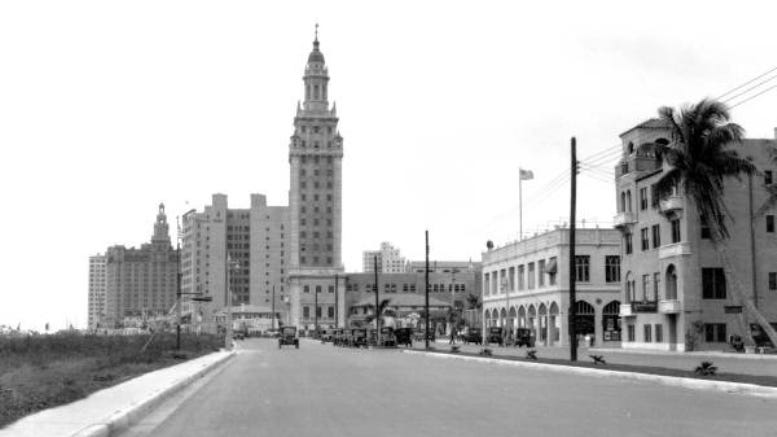Miami News Freedom Tower
The history of the iconic Miami News Tower which may better known as Freedom Tower for its role in processing Cuban refugees during the 1960s.
The Miami News/Freedom Tower is one of the area’s most iconic buildings. It is a National Landmark property, the highest status accorded to a historic building or site, and is a stately structure, sheathed in a Spanish Plateresque style, hovering over one of Miami’s grandest boulevards and affording its occupants with a vibrant waterfront view.
Before there was the tower, there was, on a portion of its footprint, the fledgling city of Miami’s first railroad station. Built by the Florida East Coast (FEC) Railway, whose entry into Miami in April 1896, transformed, overnight, a barren wilderness into a thriving metropolis. The picturesque station sat in the northeast confines of the neophyte community. The northern boundary of the city was just a few blocks from the FEC railroad’s terminus into Miami.
Keep reading with a 7-day free trial
Subscribe to Miami History to keep reading this post and get 7 days of free access to the full post archives.




